New US President Donald Trump has returned to the global economic stage with a style and approach that observers say is "even more formidable than before", still bold and very unpredictable.
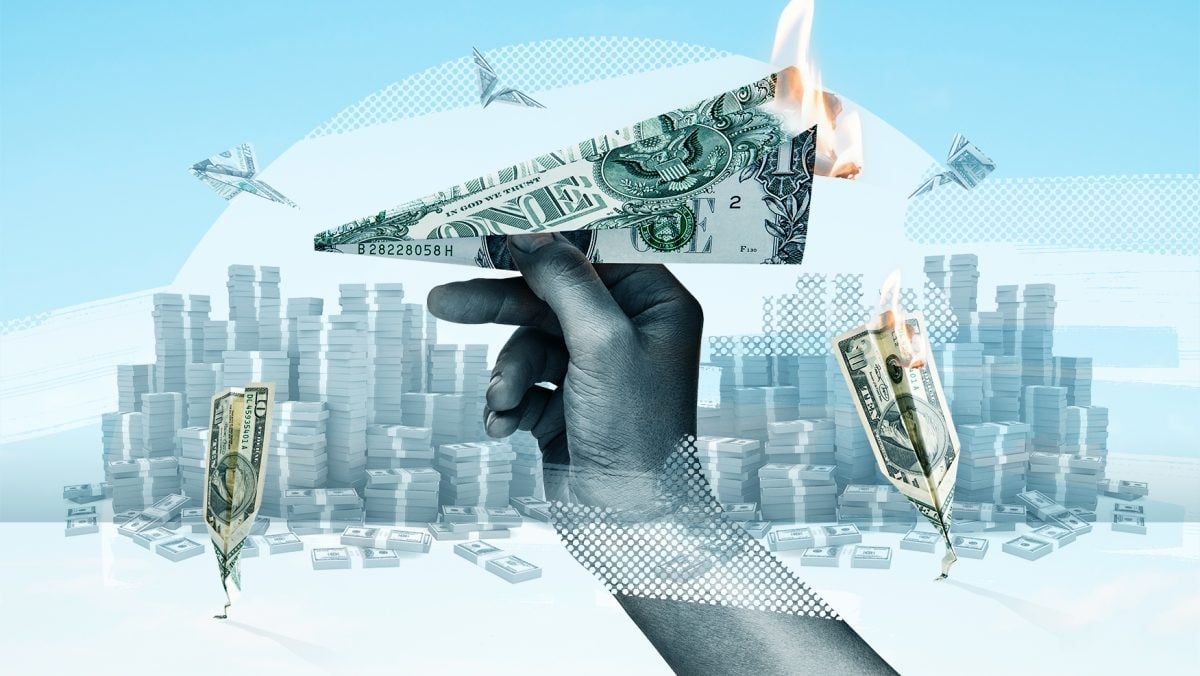 |
| Washington is said to be using the US dollar as a powerful geopolitical tool. (Source: african.business) |
Various efforts to reduce the dependence on the US dollar in global trade have kept the world's dominant currency in the spotlight. President Trump's "preemptive strike" on the BRICS group has drawn renewed attention to the future of the greenback.
Preemptive strike?
This time, the “preemptive strike” against the BRICS group was threats and criticism. The US leader used quite harsh words, threatening to impose 100% tariffs and completely exclude BRICS members from the US market if they continue to promote de-dollarization.
BRICS, which includes the world's leading large and emerging economies such as Brazil, Russia, India, China, South Africa, Egypt, Ethiopia, Iran, Saudi Arabia and the UAE, is currently discussing the creation of a common currency. According to the information released, the BRICS common currency is primarily intended to facilitate trade in goods within the group, so as not to be dominated or influenced by external "forces".
Recently, an official from Brazil - the country holding the role of BRICS Chair 2025 - revealed that the idea of a common currency to replace the USD, raised by President Luiz Inacio Lula da Silva and other leaders at recent BRICS summits, has never been included in technical discussions.
Instead, Brazil is focusing on promoting reforms within BRICS to facilitate international transactions in local currencies, opening the way to reduce dependence on the US dollar in global trade.
In fact, it is understandable that the common currency of the BRICS group - accounting for 31.5% of global GDP, nearly half the world's population and one-fifth of global trade - is considered to be able to challenge the long-standing dominance of the US dollar in global trade.
President Trump's remarks have drawn renewed global attention to the future of the US dollar.
Reacting to BRICS discussions about creating a rival currency or advocating for an alternative to the dollar — either scenario would likely mark the end of the dollar’s dominance in global trade, a position it has held since World War II.
“We call on these countries to abandon the idea of creating a rival currency or agree on an alternative currency to the dollar. Otherwise, they will face 100% tariffs and total loss of access to America’s unparalleled economic markets,” Trump said.
Recently, the head of the White House also announced a 25% tariff on all imports from Canada and Mexico (an agreement was reached to postpone it for 1 month), along with an additional 10% tariff on goods produced in China (effective from February 4).
Analysts at the Canadian-based Geopolitical Monitor said that on the surface, Trump’s tactics may seem to strengthen the dollar; however, deeper analysis shows that they will be counterproductive.
"The stick may very well backfire"
Rather than deterring the BRICS countries, they could actually boost their efforts, especially China – which is leading the “campaign” to accelerate de-dollarization.
Long suspicious of Washington’s use of the dollar as a geopolitical tool, Beijing has spent the past decade slowly building alternative financial systems, for example by increasingly expanding the space for its domestic currency (the renminbi) to settle international trade and by expanding China’s direct influence through the Belt and Road Initiative.
The Chinese government has also diversified its foreign exchange reserves, reducing its reliance on the US dollar in favor of gold and other currencies.
In this view, the article on the Geopolitical Monitor website argues that US President Donald Trump’s statements are not a deterrent to the BRICS countries, but rather a call for urgent action. His continued use of tariffs and sanctions as tools of economic diplomacy not only deepens the divide between the US and its rival countries, but also increases the distrust of trading partners with the world’s largest economy.
This approach will certainly spur other countries to look for alternatives to the dollar. China and Russia, the main targets of US sanctions and trade wars, are at the forefront of these changes, having signed trade agreements in local currencies and increased cooperation within the BRICS framework.
While creating a BRICS common currency or adopting an alternative to the US dollar in practice would be logistically and time-consuming, the common currency initiative represents the bloc's shared determination to build a financial system less dependent on the US.
President Trump’s threats, even “economic blows,” may disrupt these efforts in the short term, but they will certainly validate the concerns underlying these initiatives—the fear that the United States is using its economic power to pursue “America First” goals without regard for long-term global financial stability.
For China, locked in a strategic rivalry with the United States, shaping a new and favorable global order is not limited to economics. These initiatives are part of Beijing’s larger ambition to establish itself as a global superpower.
A multipolar financial system would reduce the vulnerability of China and other BRICS countries to economic pressure from the world's No. 1 economy, giving them more freedom to pursue strategic goals on a regional and global scale.
China's digital yuan project is part of this vision, potentially serving as an alternative to US dollar-based international payment systems, especially in emerging markets.
Ultimately, the greenback's dominance is largely built on trust — the belief that the US will act as a responsible leader in the global economy and that dollar-based assets will remain stable and accessible.
Therefore, international analysts say, by weaponizing the US dollar through sanctions and tariffs, President Trump risks undermining this trust, not only among his opponents but also among close allies. And as this trust weakens, so will the US dollar’s position as the world’s reserve currency.
The paradox of the US leader's "strong" stance on de-dollarization is that by increasing the use of "tariffs" and "supporting" sanctions, Mr. Trump seems to be accelerating the very trends he wants to eliminate.
Source: https://baoquocte.vn/doi-thu-tiem-tang-cua-dong-usd-xuat-hien-don-phu-dau-cua-ong-trump-muon-tru-hau-hoa-tu-trung-nuoc-304258.html






























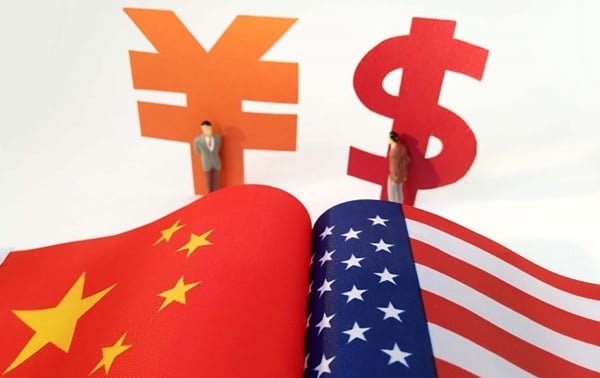

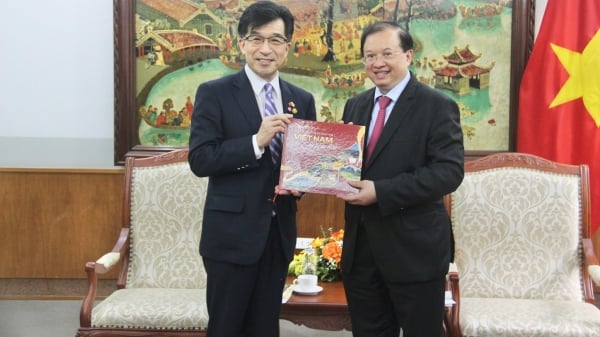



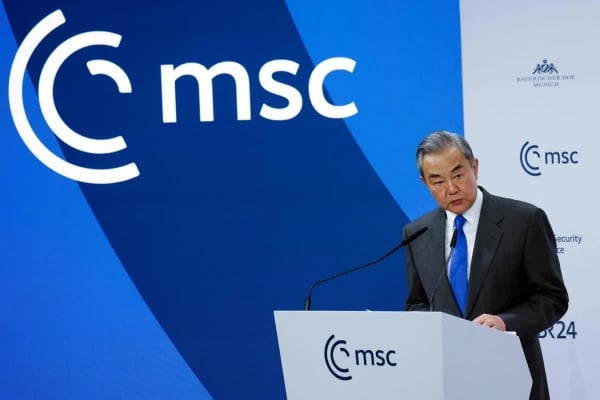
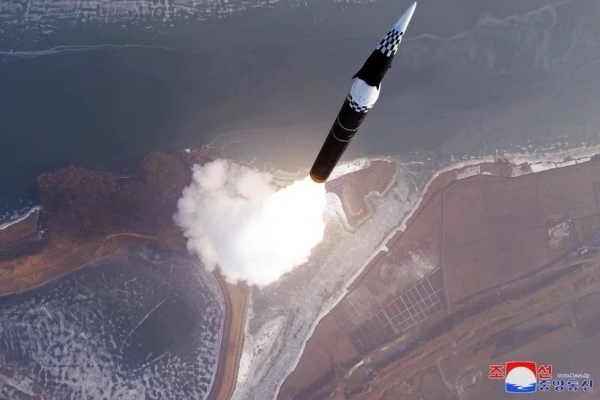

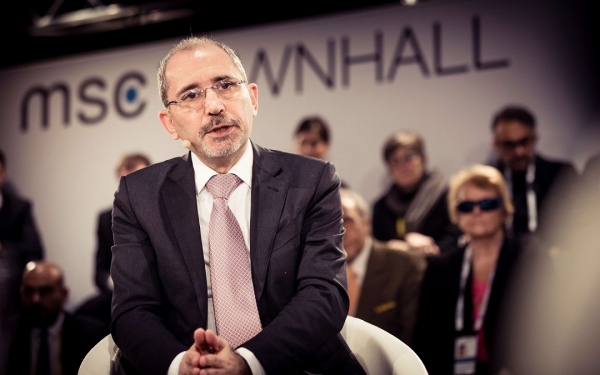













Comment (0)